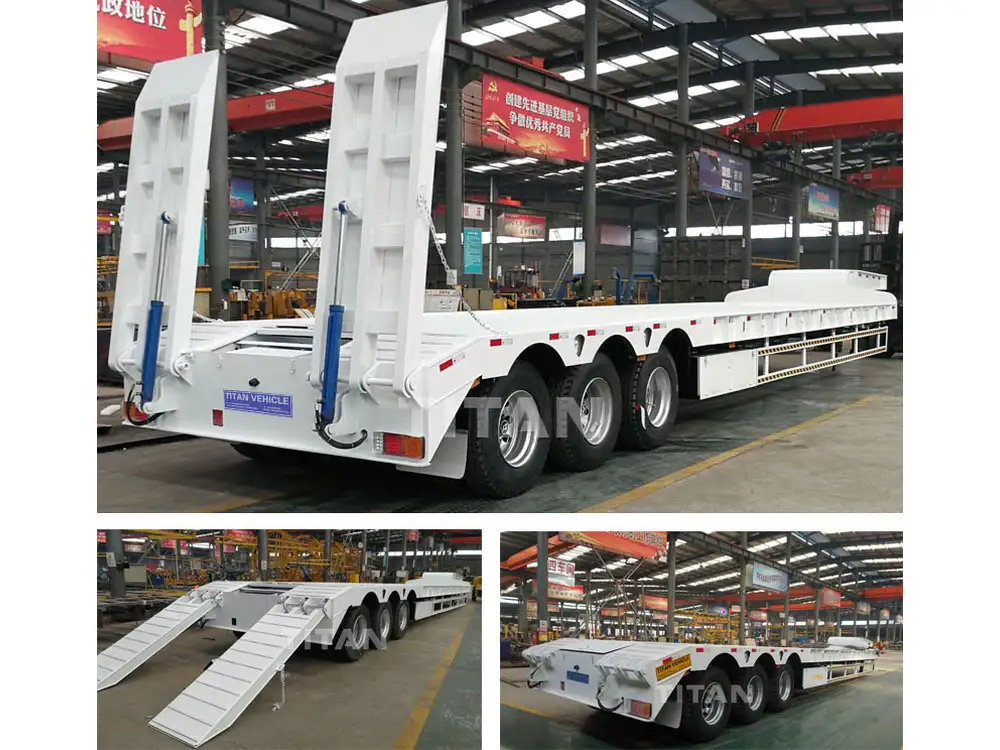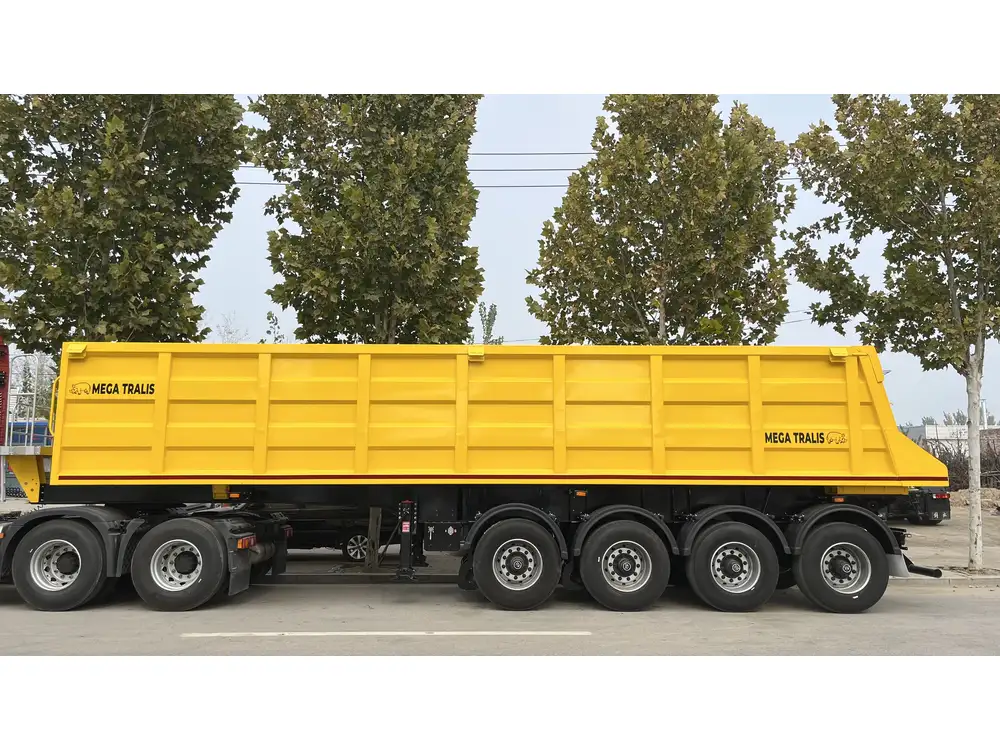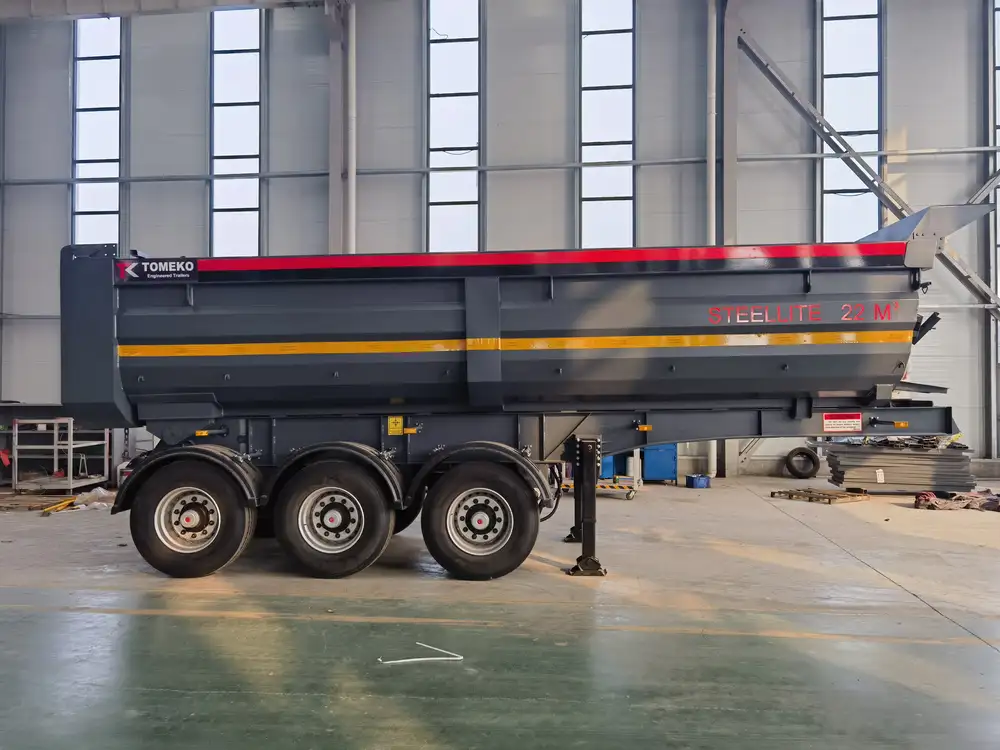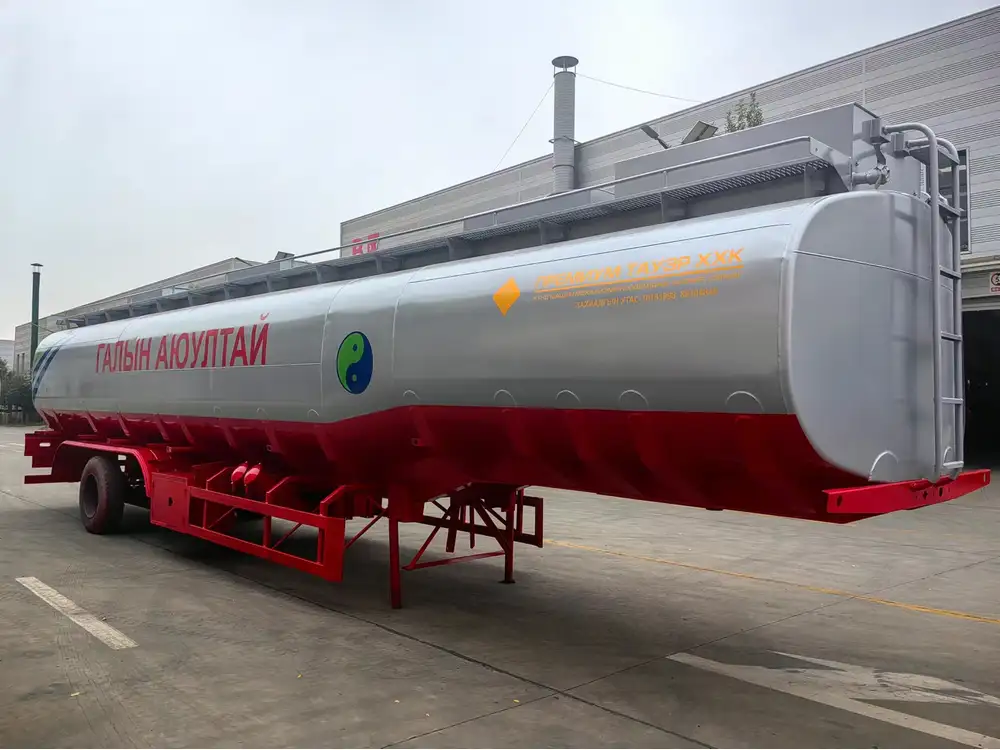Introduction
When it comes to the world of transportation and heavy-duty logistics, the weight of a trailer is an essential piece of information. Specifically, for professionals dealing with construction, landscaping, and waste management, understanding how much a 24-foot dump trailer weighs is not just a matter of technical know-how, but can influence regulations, safety, costs, and operational performance.
In this comprehensive guide, we will explore various dimensions of a 24-foot dump trailer’s weight, delving into the factors influencing its specifications, the benefits of understanding its weight, and essential considerations for efficient usage.
Dimensions and Weight Specifications

What is a 24-Foot Dump Trailer?
The 24-foot dump trailer is designed to transport loose materials such as sand, gravel, and soil. Characterized by its hydraulic system for offloading materials, these trailers come with a robust frame and are built to withstand heavy loads. With a length of 24 feet, they are a dominant choice for many users in construction and landscaping.
Average Weight Range
The average weight of a 24-foot dump trailer varies but typically falls within the range of 6,500 to 10,000 pounds (approximately 2,950 to 4,540 kg) when empty. This variance can be attributed to multiple factors:
- Material Composition: Dump trailers can be manufactured from various materials, including steel, aluminum, and composite materials. Steel trailers, while more durable, are heavier compared to aluminum ones.
- Design and Features: Additional features like reinforced frames, hydraulic lift systems, and customized components can also contribute to the overall weight.
- Axle Configuration: The number of axles significantly impacts the weight of the trailer; more axles mean more weight, but they also distribute the load better.
Comparative Weight Table for Different Configurations
| Trailer Type | Weight (Empty) | Description |
|---|---|---|
| Standard Steel Dump Trailer | 7,500 – 9,000 lbs | Robust, suitable for heavy loads. |
| Aluminum Dump Trailer | 6,500 – 8,000 lbs | Lightweight, highly corrosion-resistant. |
| Triple Axle Dump Trailer | 8,000 – 10,000 lbs | Increased stability and load-bearing capacity. |
| Low-Profile Dump Trailer | 6,800 – 9,200 lbs | Designed for easier loading and unloading. |

Factors Influencing Weight
Material Type
Different materials come with varying weight profiles. Steel is durable yet heavy, whereas aluminum offers a lightweight alternative enhancing the payload capacity.Hydraulic Systems
More sophisticated hydraulic mechanisms, which make unloading easier, add to the trailer’s weight. However, the overall efficiency and speed of material transfer are significantly increased.Tire Size and Configuration
The size and quality of tires can also affect the overall weight. Larger, heavy-duty tires designed for rugged terrains may add extra pounds.Optional Features
Extra options such as toolboxes, additional lights, and tarps can contribute to the overall weight of the trailer. While these features offer functionality, wider considerations must be given to payload capacities.
Importance of Knowing the Weight
Compliance with DOT Regulations
Every state has specific Department of Transportation (DOT) regulations that affect vehicle weights. Knowing the weight of a 24-foot dump trailer is critical in avoiding penalties and ensuring compliance, especially when considering:
- Gross Vehicle Weight Rating (GVWR): This includes the trailer’s weight plus the load it carries. Understanding your trailer’s weight helps in accurately determining the GVWR.
- Weight Limits on Roads: Certain roads and bridges have restrictions on weight. Exceeding these can lead to fines and safety hazards.

Implications for Payload Capacity
Payload capacity is defined as the maximum weight a trailer can safely transport. For instance, if your 24-foot dump trailer weighs 8,000 pounds and has a GVWR of 14,000 pounds, the payload capacity would be 6,000 pounds. This knowledge is fundamental when planning loads, preventing overloading scenarios that could result in trailer failure or accidents.
Safety Considerations
Overloading a trailer can lead to:
- Braking Issues: Excess weight can diminish the effectiveness of the trailer’s braking system, making it difficult to stop safely.
- Load Control Problems: A properly weighted trailer aids in maintaining control during transit, while an imbalance can lead to swaying or jackknifing.
- Increased Wear and Tear: Operating at higher weights than recommended can expedite wear on tires, axles, and brakes, resulting in higher maintenance costs.
Best Practices for Managing Trailer Weight

Regular Weighing
Investing in a high-quality scale can help truck operators ensure that they are operating within safe weight limits. Regular weighing will give accurate insights into the weight of the loaded trailer versus the unladen state.
Considering Load Distribution
When loading a 24-foot dump trailer, it is vital to distribute the weight evenly. Uneven weight can lead to handling issues and increased risk of tipping over. Here are some recommendations:
| Loading Tips | Best Practices |
|---|---|
| Even Distribution | Position the load evenly across the length and width. |
| Secure Materials | Use tarps and ties to secure loose materials, preventing shift during transit. |
| Avoid Overloading | Stick to the recommended payload capacity to maintain control. |
Maintenance Checks
Routine trailer maintenance plays a crucial role in ensuring safety and compliance. Regular inspections should include:
- Brake Functionality: Ensure all brakes are functioning effectively.
- Tire Pressure: Maintain correct tire pressure per manufacturer specifications to support optimal trailer weight.
- Frame Integrity: Check for any signs of wear, corrosion, or damage that may contribute to weight issues.

Conclusion
Understanding the weight of a 24-foot dump trailer is a multifaceted issue that incorporates regulatory compliance, operational safety, and overall trailer efficiency. When managing a fleet of dump trailers, professionals must consider factors such as material type, designs, and optional features, and how these elements influence the trailer’s weight and, consequently, its performance.
By adhering to best practices for loading and regularly weighing your trailers, you can ensure compliance with industry standards while optimizing operational capabilities. Investing time and effort in these areas will not only elevate your business operations but also enhance your safety protocols and reduce overhead costs.
Striving for an in-depth understanding of the technical specifications surrounding a 24-foot dump trailer empowers professionals in the transportation and logistics industry to make informed decisions that ultimately lead to a more efficient and safer work environment.



